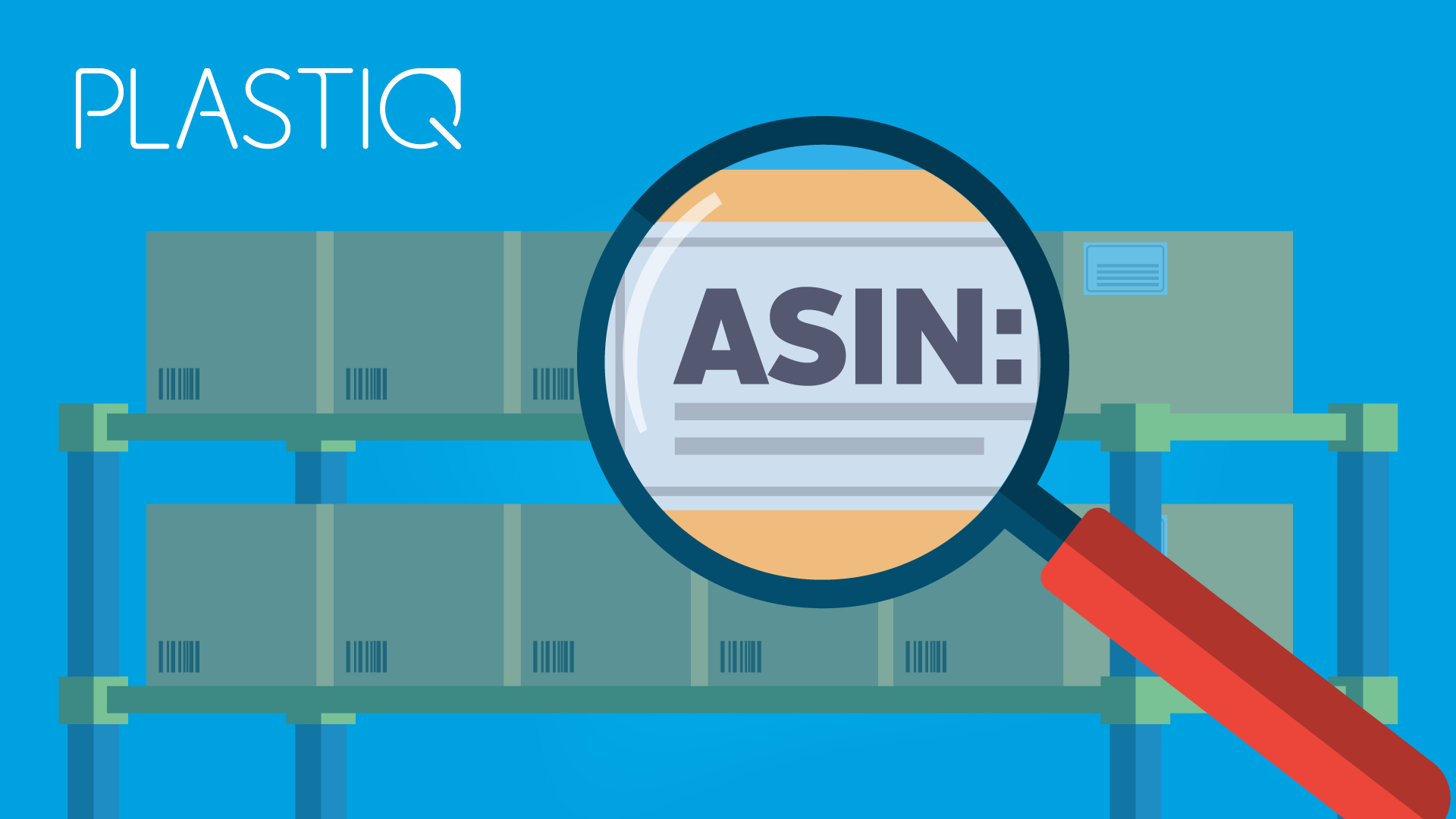BLOG
Amazon Sellers: Are Your Products at Risk of Being Delisted?
4 min. read




Sep 23, 2019
By Keaton Goldsmith
Convenience, but With Strings Attached
Selling on Amazon opens up a huge market of potential customers for your business , whether you’re selling your own product directly or listing products as a third-party seller.r. However, for third-party sellers there is a real risk that your inventory can be deemed unsellable at any time.
Amazon provides a convenient solution for sellers in need of a reliable service for fulfilling customer orders. Their Fulfillment by Amazon (FBA) service is a comprehensive inventory storage, shipping and logistics program and it’s quickly become an essential e-commerce resource.
In the interest of preventing the sale of counterfeit merchandise or hosting illegal products, Amazon requires sellers to comply with the Seller Agreement when utilizing the ‚ÄúSelling on Amazon‚Äù and FBA services. The agreement gives Amazon near total control over a seller’s merchandise— if Amazon determines that a seller’s inventory is in violation of these policies, those items can be placed under restriction and delisted. New sellers struggle to navigate Amazon’s policies surrounding restricted categories. Even if it’s a routine matter of item miscategorization, a seller would have to appeal that decision and obtain Amazon’s approval to change the category. Some appeals might require ‚Äúadditional fees, performance checks, and other qualifications‚Äù before the item can be re-listed.
Brand Gating
Amazon polices the sale of counterfeit items on their site and uses a tactic known as ‚Äúbrand gating‚Äù to prevent it. When an authorized brand is ‚Äúgated‚Äù on Amazon, that brand and its approved retailers have discretion over which third-party sellers can list their items. Uploading an item for sale requires that you match your product with a corresponding Amazon Standard Identification Number (ASIN) in their catalog. Gated brand manufacturers have authority over all ASINs for their items and can leverage that influence to maintain brand equity. If a seller uploads a product with a restricted ASIN, they’ll need the brand and Amazon’s approval before it can be listed for sale.
While brand gating ensures a higher quality shopping experience for consumers, it can be another headache for resellers. Merchants need to do advance research to make sure their inventory is in compliance and isn’t considered a restricted product. Even some authorized resellers have to validate their status by showing evidence of their business history with the brand, usually in the form of recent invoices from that manufacturer.
Navigating Restrictions
Given Amazon’s focus on protecting the integrity of brands and preventing unauthorized reselling, how can sellers keep from being delisted?
It all comes down to selecting which product to sell. The simplest way to avoid issues is to sell your own products as a first-party seller. If you’re the brand owner you can claim the brand itself and avoid any counter-claims.
If you’re reselling another brand’s product, then you need to ensure that you are authorized by the brand owner to resell their product. You can do this by either having a direct relationship with the brand or purchasing through authorized reseller channels.
If you don’t have a direct or authorized relationship with the brand and want to continue selling their product, it’s up to you to decide if the reliable results of Amazon’s fulfillment services is worth the risk of being delisted through brand gating. Amazon employs strong methods for protecting the reputation of established brands and will suspend or terminate the seller privileges of anyone in violation of their anti-counterfeit policy.
To avoid the complications of appealing an item’s restriction later on, it’s always a good idea to reference the restricted category list when purchasing inventory. Fortunately, there are third-party apps and browser extensions available (eg. AMZBase, Jungle Scout, SellerApp) that allow you to quickly check the status of any items you’re sourcing. To sell merchandise that’s protected by Amazon’s brand gating policy, you will need to reach out to the brand for approval to resell those items. Once your history with the brand manufacturer is established, Amazon will approve your privilege to list those products.
The Plastiq Advantage for Ecommerce Sellers
Plastiq is the perfect solution for any Amazon or Ecommerce seller to leverage credit and manage cash flow.¬† No matter if you’re a first-party or third-party seller, all sellers can benefit from Plastiq’s flexible payment tools.
During critical selling seasons, for example, paying for your inventory purchases with Plastiq could give you extra time to sell your inventory before needing to pay your suppliers.  And Plastiq helps increase your cash-on-hand but giving you the option of paying for everyday business expenses with your credit card instead of cash.
It’s one of the many ways that Plastiq works for businesses.¬† Learn more about how your company can use the Plastiq Advantage to improve your business.
Stay up to date!
Don't miss out on new features, announcements, and industry trends by subscribing to our newsletter.



